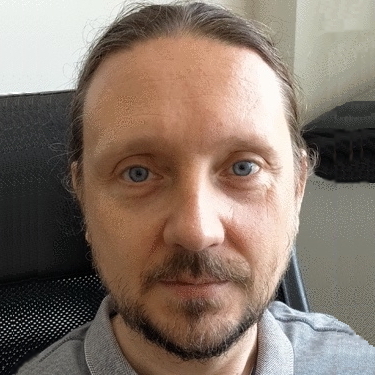Mission
| The SPECFEM project is dedicated to Dimitri Komatitsch and open-source development. Our goal is to advance Earth sciences by providing computational tools to the community. |
 |
Team
A major involvement in the development and maintenance of the SPECFEM project is done by:
 |
Jeroen Tromp, Princeton University
Founder of SPECFEM codes (together with Dimitri Komatitsch) |
 |
Daniel Peter
Lead developer and maintainer of SPECFEM codes |
 |
Vadim Monteiller, LMA Marseille
Developer and maintainer of SPECFEM codes |
 |
Hom Nath Gharti, Queen’s University
Developer and maintainer of SPECFEM codes |
 |
Carl Tape, University of Alaska Fairbanks
User training and developer meeting organizer |
 |
Qinya Liu, University of Toronto
Adjoint code capabilities, developer meeting organizer |
 |
Ebru Bozdag, Colorado School of Mines
Global inversions and Mars in SPECFEM3D Globe |
 |
Jean-Paul Ampuero, Geoazur Laboratory
Fault rupture dynamics in SPECFEM3D Cartesian code |
 |
Emanuele Casarotti, INGV
Meshing expert |
 |
Rohit Kakodkar, Princeton University
Software engineer for future code development |
 |
Bryant Chow, University of Alaska Fairbanks
Lead developer of adjTomo tools |
Contributions to these open-source codes come from many authors. Please find the authors list in the corresponding code repositories.
Milestones
A short timeline of major SPECFEM achievements:
2015
K computer simulation
> 1.24 PFlops
(shortest period ~ 1.2 s)
on 82,134 nodes, 82,134 MPI ranks w/ 8 OpenMP threads, 657,072 cores
2013
Blue Waters XE6 simulation
> 1 PFlops
(shortest period < 2 s)
on 21,675 XE nodes, 693,600 MPI ranks, 693,600 cores
2010
BULL Joseph Fourier Prize winner
for the partial GPU port of SPECFEM3D Globe
2008
ACM Gordon Bell Finalist
for SPECFEM3D Globe simulation reaching resolution of 1.72s shortest period
2008
Kraken XT5 simulation
> 160 TFlops
(shortest period ~1.72 s)
on 149,784 cores
2003
ACM Gordon Bell Award
for Best Performance of SPECFEM3D Globe simulation on the Earth Simulator
2003
Earth Simulator simulation
> 5 TFlops
(shortest period ~5 s)
on 243 nodes, 1,944 MPI ranks, 1,944 cores
